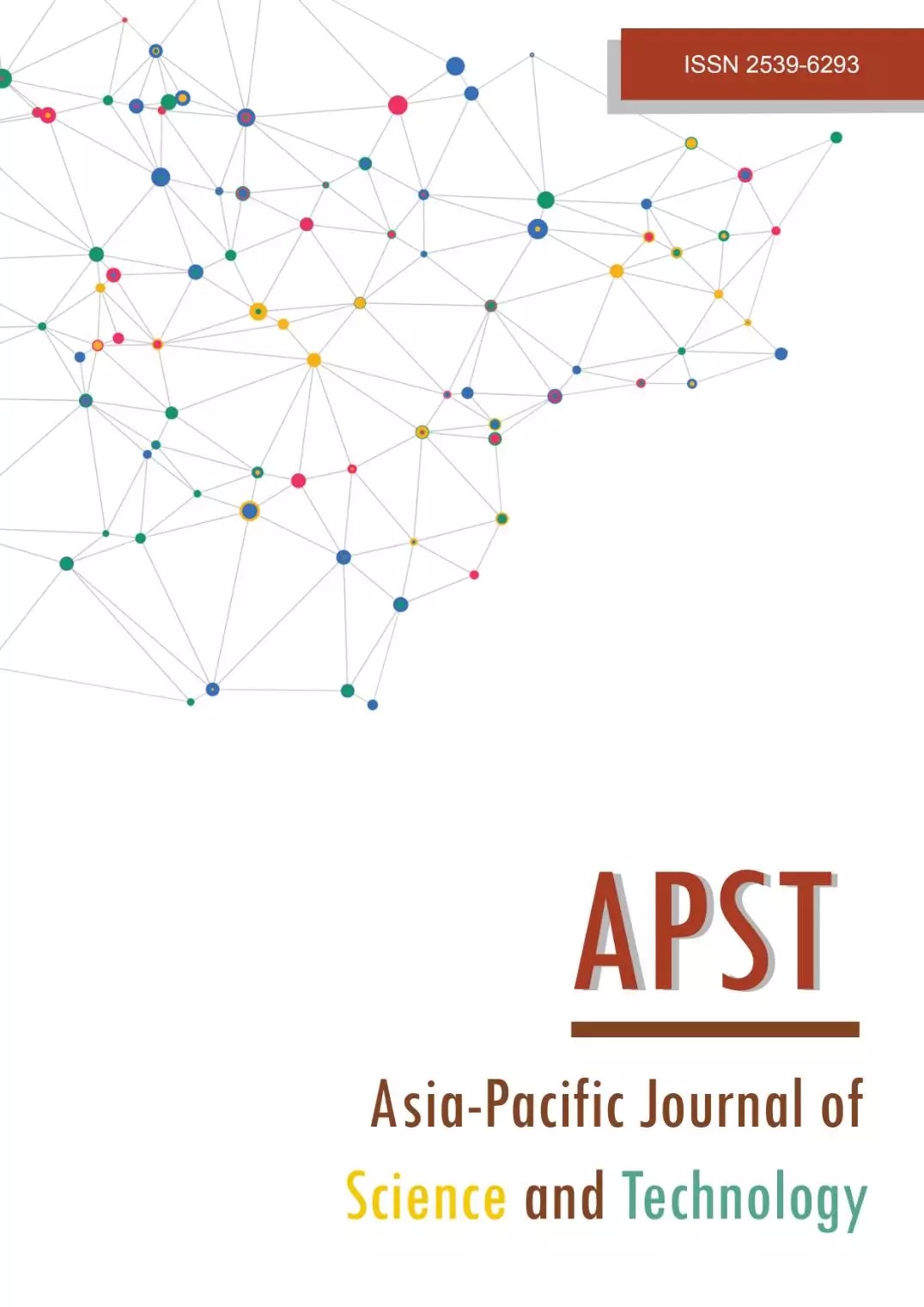Incentivized comment detection with sentiment analysis on hotel reviews
Main Article Content
Abstract
With the enormous platforms currently available, consumers communicate and interconnect online frequently with web users all around the world to share their experiences. Thus, online platforms have become a major source of reviews and opinions about different entities. People travel frequently around the world for different purposes. Seeking good hotels for accommodation is a prime concern. Reviews on hotels from customers help future customers to make decisions about their accommodation and help hotel owners to think about designing customer facilities. However, many online reviews are biased due to different factors. Many hotel owners often come up with attractions like referral rewards, coupons, bonus points, etc. for the reviewers to motivate them to write biased reviews. We have looked at reviews on 100 hotels in the US and found 952 incentivized reviews among 19175 reviews, which is 4.96% of the total number of reviews. A categorization of incentivized reviews is performed as well. Furthermore, hotels are distinguished based on real and incentivized reviews about them. The results are verified using machine learning algorithms. The Random Forest, K-Nearest Neighbor and Support Vector Machine machine learning algorithms are applied to validate the accuracy of our model, and their prediction results are compared. Random Forest outperforms the others with 94.4% prediction accuracy.
Article Details

This work is licensed under a Creative Commons Attribution-NonCommercial-NoDerivatives 4.0 International License.
References
Mohey D, Hussein ED. A survey on sentiment analysis challenges. J King Saud Univ Eng Sci. 2018;30(4):330-338.
Mayzlin D, Dover Y, Chevalier J. Promotional reviews: an empirical investigation of online review manipulation. Am Econ Rev. 2014;104(8):2421-2455.
Hovy D, Johannsens A. Exploring language variation across Europe - a web-based tool for computational sociolinguistics. In: Calzolari N, Choukri K, Declerck T, Goggi S, Groelelnik M, Maegaard B, et al, editors. The Tenth International Conference on Language Resources and Evaluation (LREC'16); 2016 May 1; Portorož, Slovenia. Paris: European Language Resources Association; 2016. p. 2986-2989.
Kostyra DS, Reiner J, Natter M, Klapper D. Decomposing the effects of online customer reviews on brand, price, and product attributes. Int J Res Mark. 2016;33(1):11-26.
Ruchansky N, Seo S, Liu Y. CSI: a hybrid deep model for fake news detection. In: Winslett M, Lim EP, editors. The 2017 ACM on Conference on Information and Knowledge Management; 2017 Nov 6-10; Singapore. New York: Association for Computing Machinery; 2017. p.797-806.
Rahman MM, Roy CK, Kula RG. Predicting usefulness of code review comments using textual features and developer experience. In: Gonzalez-Barahona JM, editor. IEEE/ACM 14th International Conference on Mining Software Repositories (MSR); 2017 May 20-21; Buenos Aires, Argentina. New Jersey: Institute of Electrical and Electronics Engineers; 2017. p.215-226.
Gaikar D, Marakarkandy B. Product sales prediction based on sentiment analysis using twitter data. Int J Comput Sci Inf Technol Res. 2015;6(3):2303-2313.
Piryani R, Madhavi D, Singh VK. Analytical mapping of opinion mining and sentiment analysis research during 2000-2015. Inf Process Manag. 2017;34(1):122-150.
Costa A, Guerreiro J, Moro S, Henriques R. Unfolding the characteristics of incentivized online reviews. J Retail Consum Serv. 2019;47:272-281.
Chae I, Stephen AT, Bart Y, Yao D. Spillover effects in seeded word-of-mouth marketing campaigns. Mark Sci. 2016;36(1):89-104.
Ghiassi M, Lee S. A domain transferable lexicon set for twitter sentiment analysis using a supervised machine learning approach. Expert Syst Appl. 2018;106:197-216.
Crawford M, Khoshgoftaar TM, Prusa JD, Richter AN, Najada HA. Survey of review spam detection using machine learning techniques. J Big Data. 2015;2(23):1-24.
Moon S, Kamakura WA. A picture is worth a thousand words: translating product reviews into a product positioning map. Int J Res Mark. 2017;34(1):265-285.
Kostyra DS, Reiner J, Natter M, Klapper D. Decomposing the effects of online customer reviews on brand, price, and product attributes. Int J Res Mark. 2016;33(1):11-26.
Vosoughi S, Roy D, Aral S. The spread of true and false news online. Science. 2018;359(6380):1146-1151.
Ajao O, Bhowmik D, Zargari S. Sentiment aware fake news detection on online social networks. In: Sanei S, Hanzo L, editors. ICASSP 2019 - 2019 IEEE International Conference on Acoustics, Speech and Signal Processing (ICASSP); 2017 Apr 12-17; Brighton, United Kingdom. New Jersey: Institute of Electrical and Electronics Engineers; 2017. p. 2507-2511.
Salehan M, Kim DJ. Predicting the performance of online consumer reviews: a sentiment mining approach to big data analytics. Deci Support Syst. 2016;81(1):30-40.
Wang W, Wang H, Song Y. Ranking product aspects through sentiment analysis of online reviews.J Exp Theor Artif. 2016;29(2):227-246.
Datafiniti.co [Internet]. Texas: Datafiniti's Business Database; c2021 [cited 2020 Mar 19]. Available from: https://datafiniti.co/products/business-data.


